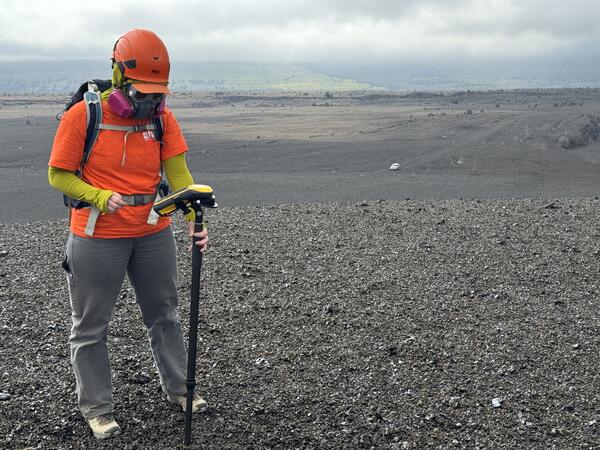Photo & Video Chronology — June 18 & 20, 2025 — Before and during episode 26 at Kīlauea summit
By Hawaiian Volcano Observatory
June 23, 2025
Episode 26 of the Kīlauea summit eruption was active for 9 hours on June 20. High fountains during episode 26 reached approximately 380 meters (1246 feet), the highest yet recorded during the ongoing eruption, which began on December 23, 2025.












